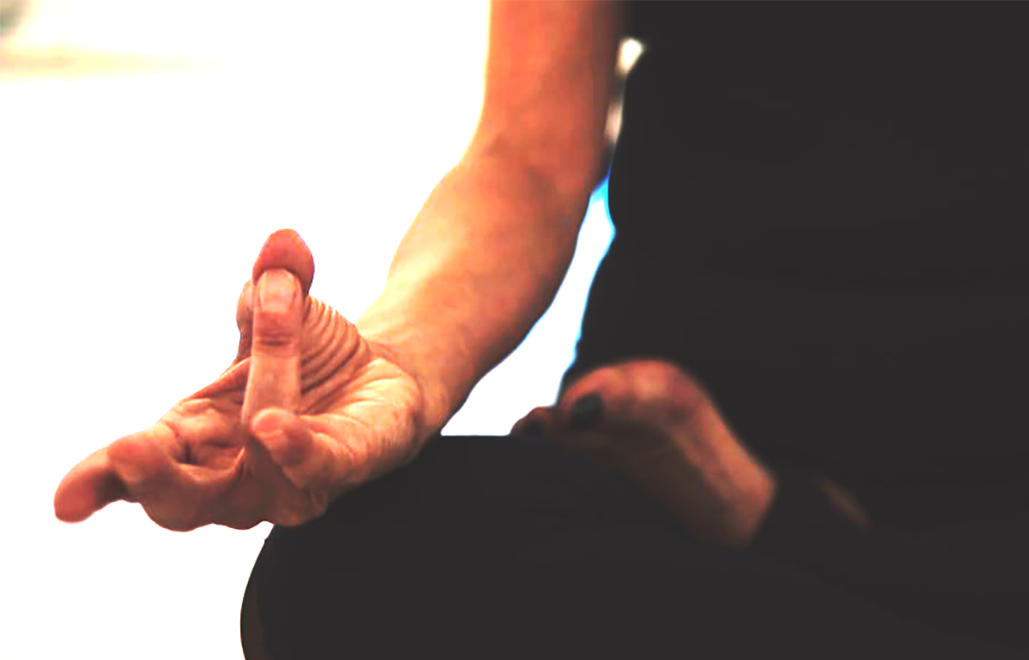Each dosha has its own yoga
Yoga and Ayurveda are two disciplines that work on the same principles of energy balance.
The principle of Ayurveda is to adopt the right behaviors and diet to ensure the balance of the doshas of one's own constitution through behaviors, lifestyle, proper diet.
The principle of Yoga is to rise spiritually to attain self-realization and thus develop one's higher capacities for a balanced life. In summary, Ayurveda is the medicine of the body, Yoga (withc pranayamas, asanas and meditation): the medicine of the mind and emotions.
- Pranayamas help to restore emotional and psyche stability.
- The asanas promote the elimination of toxins, but also of body tensions allowing the good circulation of energies.
The different asanas and pranayamas have specific effects having for objectives to unbalance our energetic tendencies, namely our doshas. Thus, depending on our dominant dosha, it is worthwhile to focus on certain asanas.
Yoga for Vata-dominant Dosha
To soothe Vata, it is recommended to favor asanas and pranayamas that soothe, anchor and strengthen stability. Stretching will also be preferred as Vatas tend to have stiffness.
Pranayamas
Vata needs to calm his mind to reduce stress, anxiety, dispersion... Almost all pranayamas can benefit him.
- Nadi Shodana: Alternate Breathing
Pranayama that particularly calms the mind and balances the spirit.
This alternate right nostril / left nostril breathing balances our lunar and solar energies. The right nostril corresponds to Pingala, the left nostril to Ida.
The idea is to breathe alternately through one nostril and then the other with the help of the right hand placed in front of the face. The index and middle fingers are placed on the third eye. The right nostril is blocked with the thumb of the right hand, and one inhales through the left. After a short retention of breath, the left nostril is blocked with the phone book and one exhales through the right. Then after a short retention of breath, one inhales through the right. one plugs the right and exhales through the left....
Tratak
Allows one to slow down the flow of thoughts by fixing the mind on one point.
To do this, close your eyes (or keep them half-closed), stick your tongue in the middle of the roof of your mouth and focus your inner gaze on an imaginary point on the tip of your nose. Breathe in and out deeply without forcing the breath.
Brahmari: Bee Breathing
Sitting cross-legged, back straight, index fingers placed over the ears to plug them: Inhale through the nostrils and exhale through the nose with the mouth closed imitating the buzzing of bees. All anchoring postures are recommended for Vata dominant people. Also, standing postures produce heat which will be beneficial to Vata people, who are often prone to poor blood circulation and thus cold body extremities. To reduce Pitta, it is necessary to calm, relax the mind er the body without seeking performance. Pitta needs to calm down with refreshing breaths., and to release his nervousness via strong exhalations. The cooling postures based on stretching and allowing the whole body and mind to return to calm. Postures that bring strength, balance and vitality. The aim is to warm up the Kapha body by getting the circulation of energies moving again; and stimulating the digestive system. That will bring energy and promote energy circulation and oxygenate the tissues. Dynamic anchor standing postures.Asanas recommended for Vata
- Utkatasana: the chair posture
- Virabhadrasana II: the warrior posture
- Parivrittiutkatasana: the twisting chair posture
- Deviasana: the goddess posture
- Utthita Trikonasana : The extended triangle posture
- Paschimottanasana: the pincer posture
Yoga for Pitta-dominant Dosha
Pranayamas
- Chandra bedhana: lunar breathing
This involves breathing in only through the left nostril (lunar nostril). This prnayama is particularly refreshing and quickly leads to a return to clam.
- Sinhasana: the lion's breath
Helps release tension. To do this, contract all the muscles of the face. Open the mouth wide by pulling the tongue as far down as possible while uttering a long AAA, and bringing the gaze to a point between the eyebrows. Asanas recommended for Pitta
- Sarvangasana: the candle posture
- Padottanasana: the spread feet posture
- Bhujangasana: the cobra posture
- Balasana:the child posture
- Mandukasana: the frog posture - Halasana: the plough posture
Yoga for Kapha-dominant Dosha
Pranayamas
- Kapalabhati, the shining skull breath
Helps to re-energize the vital energy and stimulate agni. To practice this pranayama, Breathe in and out deeply. Then take a light breath inand
- Surya bhedana, the solar breath
Close the left nostril with the ring and little finger, and place the thumb near the right nostril. Breathe in slowly and deeply through the right nostril, then close the right nostril and hold the breath for about 3-5 sec. Release the left nostril to exhale long while keeping the right nostril closed.
Asanas recommended for Kapha
- Vrksasana: the tree posture
- Virabhadrasana: the warrior posture
- Navasana: the boat posture
- Dharasana: the bow posture
- Ustrasana, the camel posture
- Sarvangasana, the cobra posture


 de
de 
